Anyone have any idea why this happened?
Related Discussions
Should I paint or stain my oak kitchen cabinets?
I was wondering if you could help me with something -- I have an entirely oak kitchen. I know it's the rage now to paint or gel stain cabinets. I've been considering ... See more
How to paint a metal front door?
How do I paint my front door? It's metal.
How to paint grout?
How do I paint grout to change the color? The grout is in great shape, but the color - meh.
How to whitewash a brick fireplace?
What is the best method to whitewash bricks surrounding a fireplace?
Am I the only one?
I don't want to sound like a total "hater", but am I the only one who doesn't like distressed furniture? I see so many beautiful pieces of furniture that would look o... See more
Can I paint my popcorn ceiling?
I have been painting my walls and notice that my ceiling looks yellowish. Can I paint this ceiling as well? I'm up for any ideas
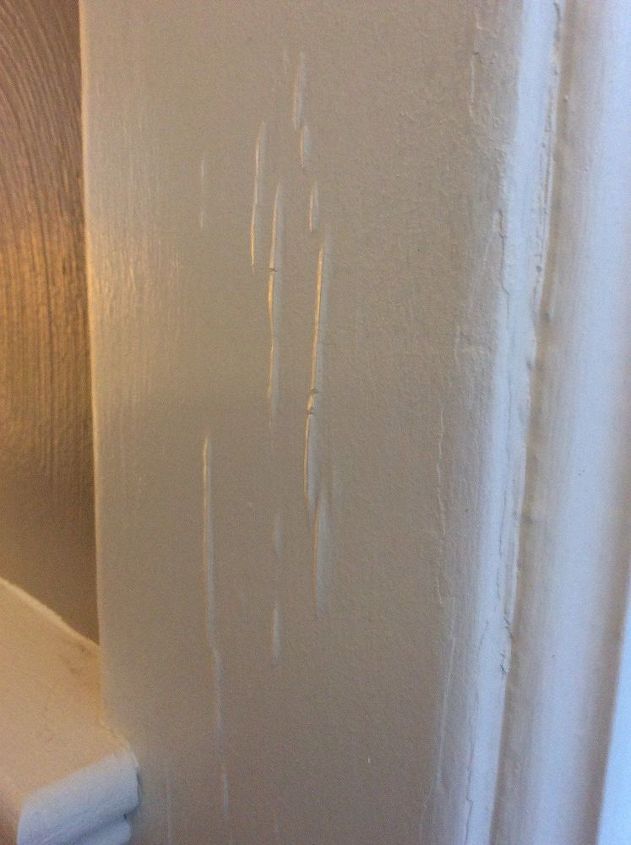


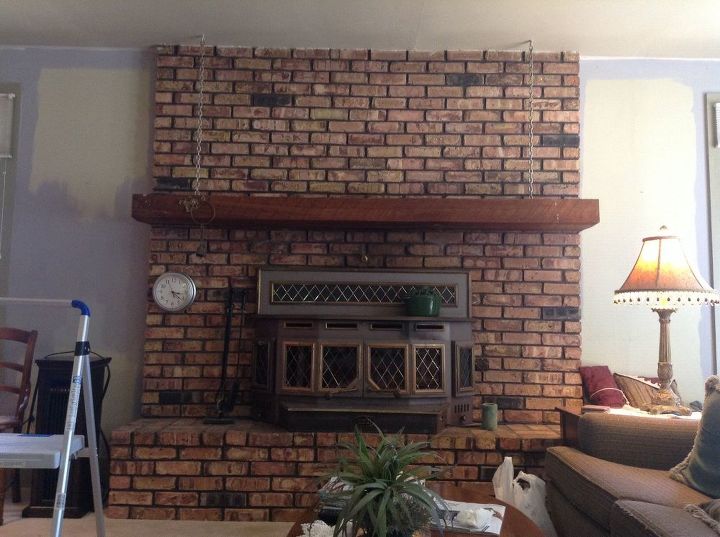
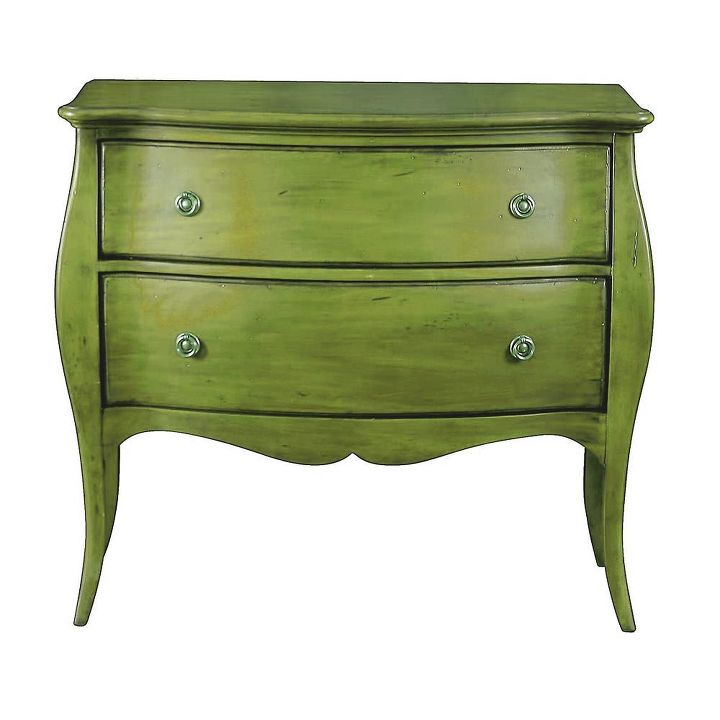
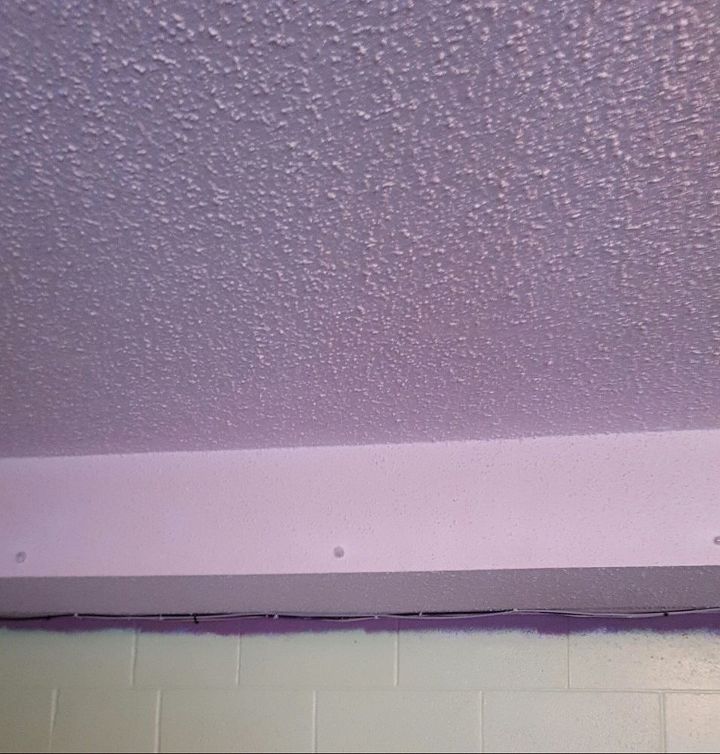
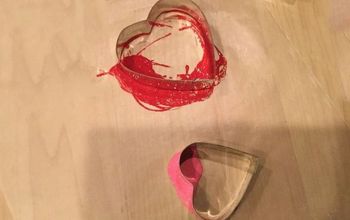
Moisture in the wood could have caused the paint to blister. Also mixing different type of paints would do this. If you used an oil based primer, then the finish needed to be oil based. Same with latex primer and paint. Oil and latex paint dry and cure at different levels.
I agree with Williams comment. If in question of the paint on windows and trim being so old always use oil primer and oil based paint.
Did you test the paint to see if it was oil or water base paint? The home was built in the 1930's therefore the original paint used was an oil-based product. In order to prevent this from happening you will need to reprep the molding. Begin by sanding/removing the current paint from the service, wipe the surface down to remove the dust from sanding, apply 1-2 coats of oil-based primer before finishing with 2 coats of water-based paint in your color choice. Once this is done, you have converted your surface from oil-base to water-base primers and paint on all future projects. Hope this helps.
I agree
My only issue with your answers is that we treated all of the trim throughout the house the same way, however only two boards in two different rooms did this.
I agree with the above statements. and add. you have an adhesion issue. Could be directly related to mixing paint ie
latex vs enamel. moisture left on surface, foreign matter left on surface soap dust etc. All paints used at this time and for many years contained lead use safeguards Eden sanding and cleanup.
Have you checked for termite damage underneath? Termites can invade interior walls.
Looks like a leak
You cannot put latex over oil based paint. Frankly I would never use latex on wood ever. It doesn't last, it rubs off and/or blisters, it's simply not worth the trouble. Latex on walls oil on wood. I speak from experience I've rehabbed 5 homes and furnished them with antiques I personally restored. Every time I've used latex, no matter the brand, I've lived to regret it. That's my opinion with 50 yrs experience, and I just finished my last project, house no. 6, this time for my son.
Unlike Tdrunkle above, I have used latex enamel on wood with very good results, but most especially prefer BM paints. Their current 'Advance' line actually has a touch of alkyd in it and flows beautifully to dry to a nice hard finish, though it does tend to take 2 coats. If one likes white woodwork, Oil based paints will yellow with time, so that's why my preference for good quality latex. As many others have said, latex over oil can cause problems. I like to prime it first with KILZ original (make sure it's the original...clean with mineral spirits...type) which dries in about an hour and can then be recoated with good latex. It's odd that you only have the issue with two areas, but I do tend to think if you redo it with the kilz and then paint, you may be surprised that it holds up just fine. Good luck.
If you put a second coat on before the first coat is completely dry, this can happen. This appearance does not bother me so I would not worry about it.
AFTER you get the damaged part stripped or sanded wash with TSP, rinse well, let dry well, prime with a good quality multi-primer. I like Sherwin Williams although it's thick and takes awhile to completely dry but then you can paint with any paint. I've flipped 8 houses in 6 years and always use their cabinet paint for cabinets and trim; doesn't chip easily, goes on very smooth. Test latex/oil paint by rubbing with a cotton ball and alcohol, only latex will come off.
In a house that age I'm thinking moisture in the wall , or termites.
What primer did you use under the paint? Maybe it's incompatible because the wood of the trim piece is a bit different than the other trim you painted. Or maybe it's holding more moisture. Try using a primer such as Zinsser Bin - it's a white tinted shellac. It blocks out all stains, water marks, knots, sap streaks, wood tannins, etc. and you'll be able to paint the same latex on top of it to match the rest of your trim.
Also, at the very least, you could try calling the manufacturers of the primer and paint you intially used to see if they have any suggestions as to why the bubbling may have occured.
I would definately check for termites... this looks like what our door frame did when we discovered termites...
Only oil based. To be sure you have the right thing check cleanup. Oil takes turpentine . Also I've had great results with Rustoleum brand paints. I painted a metal bistro set for the courtyard 15 yrs age. 4 coats of spray Rustoleum and it still looks great. I have a professionally painted patio set that the paint wore off in 2 yrs. I wish I knew what crap they used. If the old finish is glossy dull the finish with sand paper or steal wool. Wipe the door well with mineral spirits to remove anything that might keep the paint from adhering if you use a primer ( not nessisary with Rustoleum it's self priming) make sure it's also oil based. Give the door at least 24 hrs for the paint to set, before you close it, longer in humid weather. Good luck!
Looks like moisture to me. I had a wall do that after a leak.